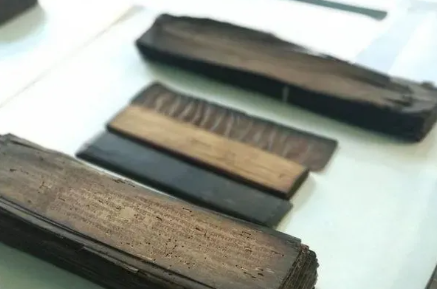Reviving India’s National Mission for Manuscripts
The Union Ministry of Culture in India is revitalizing the National Mission for Manuscripts (NMM). This initiative aims to preserve ancient texts and manuscripts. A new autonomous body, likely named the National Manuscripts Authority, is proposed to enhance these efforts. The NMM currently operates under the Indira Gandhi National Centre for Arts.
Meeting Overview
On October 14, an important meeting took place. Culture Minister Gajendra Singh Shekhawat chaired the session. Experts from various fields attended, including linguists and scholars. They discussed the future of the NMM and its accomplishments since its inception in 2003.
Achievements of NMM
The NMM has made notable progress. It has compiled metadata for 5.2 million manuscripts. Additionally, over 300,000 titles have been digitized. However, only one-third of these digitized works are accessible online. This limited access raises concerns about the visibility of India’s rich manuscript heritage.
Challenges Identified
Experts brought into light issues with the digitized metadata. There are discrepancies between the data and the actual manuscripts. Efforts are underway to correct these mismatches. A senior NMM official revealed that out of 130,000 uploaded manuscripts, only 70,000 are viewable. The lack of an access policy discourages private owners from sharing their manuscripts.
Ownership of Manuscripts
About 80% of manuscripts in India are privately owned. This presents a challenge for preservation efforts. Many private owners lack incentives to make their manuscripts accessible. Financial support and registration assistance for these owners could enhance preservation.
Conservation Efforts
Over the past 21 years, the NMM has conserved 90 million folios. This includes both preventive and curative conservation strategies. The goal is to ensure the longevity of these valuable texts for future generations.
Future Roadmap
The meeting outlined a roadmap for the NMM’s future. One suggestion was to establish academic chairs in universities abroad. These chairs would focus on ancient Indian studies and strengthen ties with the NMM. Collaboration between international institutions and the NMM can enhance global awareness of India’s manuscript heritage.
Legal and Intellectual Property Considerations
There were discussions on the need for legal expertise within the NMM framework. Intellectual property rights could protect manuscripts and encourage responsible ownership. This could also aid in preventing the sale of manuscripts outside India.
Preservation of Lesser-Known Scripts
The preservation of non-Brahmi and lesser-known scripts is crucial. Mr. Singh emphasized the importance of collating information on these scripts. This initiative would ensure that all aspects of India’s manuscript heritage are recognized and preserved.
The revival of the NMM and the establishment of a National Manuscripts Authority signify a renewed commitment to preserving India’s ancient texts. The future of India’s manuscript heritage looks promising through collaboration, financial support, and legal frameworks.
Month: Current Affairs - October, 2024
Category: Art & Culture Current Affairs








